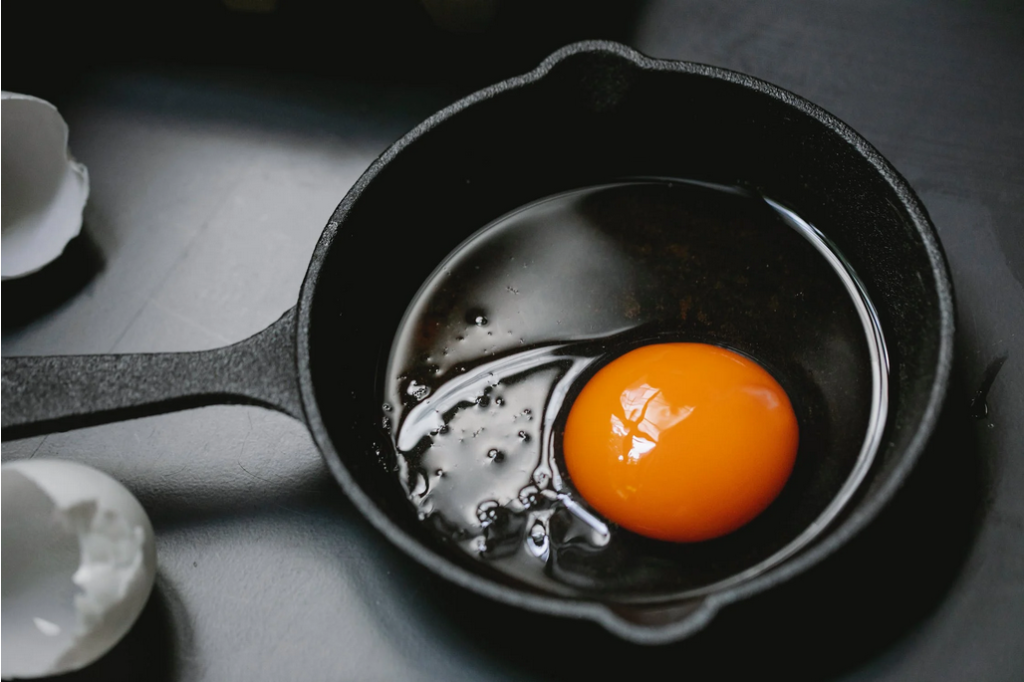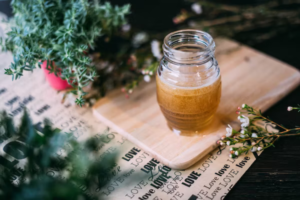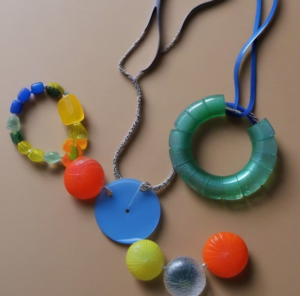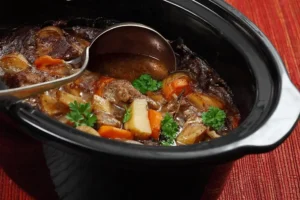Teflon has been a household name for decades. It has been celebrated for its exceptional non-stick properties in cookware and various industrial applications. However, concerns about its impact on health and the environment are something which is less known. We discussed the dangers of plastic utensils and why bamboo utensils are a better option. Similarly, today we will expose the reasons why Teflon is detrimental to both you and the world around you.
Where Teflon Finds Use
In Kitchenware
Teflon, which is also called polytetrafluoroethylene (PTFE), is the most common ingredient found in non-stick cookware. Yes, all the non-stick frying pans, baking sheets, and griddles that you have come across are most likely made of Teflon. This is because its slick surface reduces the need for cooking oils and simplifies cleaning. Thus, making it prevalent in home kitchens.

In Industrial Applications
Beyond the kitchen, Teflon is extensively used in industry too. It is used for coating machinery, gaskets, and seals. This is due to its heat-resistant and low-friction properties. It is also a vital component in electrical insulation and thus contributes to the production of wires and cables.
How Teflon Functions
The Non-Stick Miracle
Teflon’s non-stick property is a result of its unique chemical structure. The carbon-fluorine bonds in PTFE create an exceptionally smooth surface. This prevents even the stickiest substances from sticking. While this quality revolutionizes cooking and manufacturing, it comes with a cost.

The Manufacturing Process
The production of Teflon involves the use of perfluorooctanoic acid (PFOA). PFOA is a chemical that has raised significant health and environmental concerns. PFOA is employed in the initial manufacturing stages and has been linked to various health issues thus tarnishing Teflon’s reputation.
Why Teflon Poses Risks to You
Coming down to the main topic of this article. How Teflon is bad for you? Below we cover the health and the environmental concerns due to which teflon poses a risk to us as well as the environment.
Health Hazards
- Release of Toxic Fumes: When you overheat Teflon-coated cookware, it releases toxic fumes containing perfluorinated compounds. Inhaling these fumes can lead to flu-like symptoms which is known as polymer fume fever[1]. This may even have long-term health implications.
- PFOA Accumulation: As we discussed earlier, PFOA which is used during manufacturing, is a persistent organic pollutant. It has been detected in the blood of people globally. Even some studies associate PFOA exposure with adverse health effects. These include reproductive issues, thyroid disorders, and an increased risk of certain cancers[2].

Environmental Impact
- Persistent Environmental Pollutant: Teflon is not easily decomposable. It resists any easy breakdown in the environment. This has earned it the classification of a persistent organic pollutant. Moreover, the PFOA which is released during production and use, accumulates in soil and water thereby posing a threat to ecosystems.
- Bioaccumulation in Wildlife: Since it is not decomposable, Teflon’s chemical properties make it prone to bioaccumulation in the food chain. Wildlife, especially aquatic organisms, can ingest PFOA. This is due to a lot of industrial waste being dumped into the rivers. This leads to disruptions in reproductive patterns and overall ecosystem health.
Alternatives to Teflon
So coming to the most important question. What should you use instead? Most of us can’t cook without worrying about using too much oil to avoid a sticky aftermath. Fortunately, there are a few options. Though none of these are as good as Teflon when the matter comes entirely to non-stickiness, but still are quite good.
Ceramic Coatings

You can opt for ceramic-coated cookware as a non-stick alternative without the risks of Teflon. Ceramic coatings are made from natural minerals and do not release toxic fumes. This makes them a safer choice for both cooking and the planet.
Cast Iron

You can choose cast iron cookware which is a time-tested and durable option that offers excellent non-stick properties when properly seasoned. It is also a chemical-free alternative that adds a rich flavor to foods. It is well known for its longevity and reduces the need for frequent replacements seen with Teflon-coated pans.
Stainless Steel

You can also opt for stainless steel cookware which is known for its corrosion-resistant properties. Although it may require a bit more attention to prevent sticking, which we agree, it does offer a robust and eco-friendly choice for those looking to avoid the pitfalls of Teflon.
Conclusion
While Teflon has long been hailed for its convenience we do see the hidden dangers it poses to both health and the environment which we simply can’t ignore. As we grow more aware, we should explore alternatives. By making such informed choices, we can embrace safer and more sustainable practices. Practices that are free from the shadow of these adverse effects.





